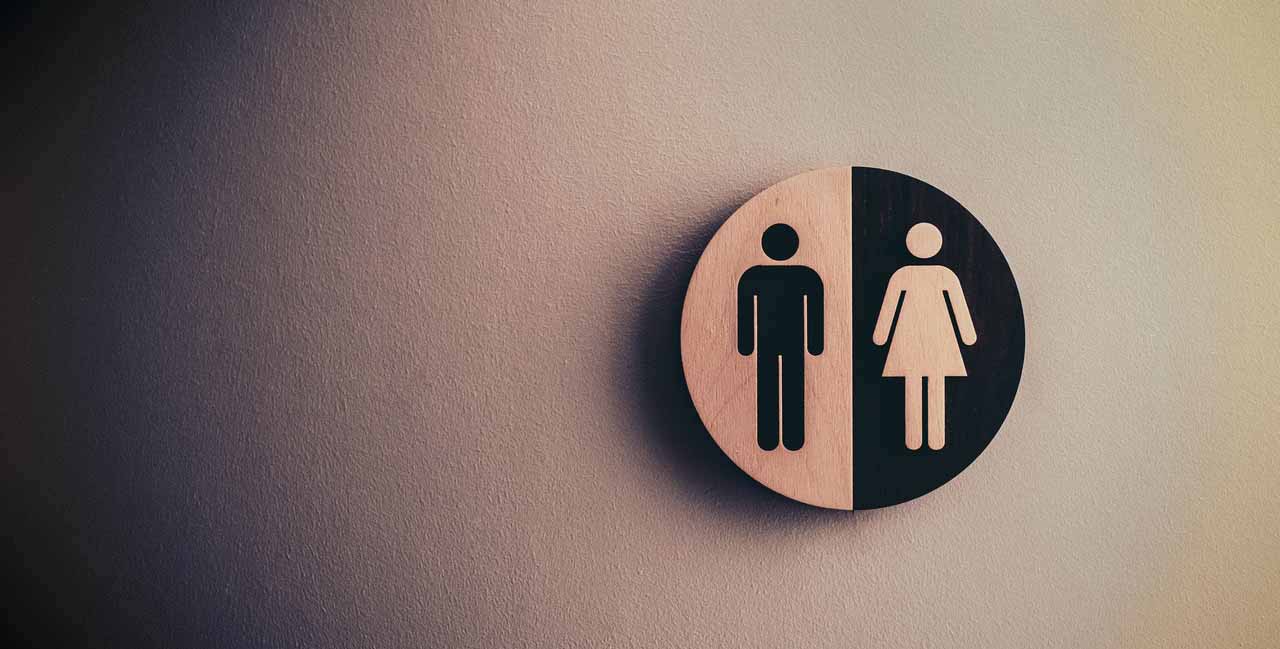Home > Lifestyle > Empowerment > The gender inequality of scientific research


Please note, this is a repurposed article on gender inequality in scientific research, written by Dr Nicky Keay and first published in the British Journal of Sports Medicine on 21 November 2019.
In the famous book, “Men are from Mars, Women are from Venus”, John Gray discusses how many heterosexual relationship problems are caused by the differences between men and women. These differences, however, are not taken into account when it comes to scientific research into effective medical treatments. As Caroline Criado Perez notes in her prize-winning science book “Invisible Women”, in many instances, there are no scientific or medical statistics on women.
But why?
When it comes to testing the effectiveness of new drugs, only living male cells are used in the initial stages.
Many drugs are discarded in the early stages because they are not effective. However, because only male cells are used, this doesn’t mean that the same drug would not be effective if it had been tested on female cells.
This trend of only using male organisms in research follows through to the live animal experimentation stages of drug research, where only male mice are used. Of course, the use of animal models, male or female, may not be entirely predictive when it comes to the effectiveness of a drug in human beings. But the effects of the drug on women will be even less predictable.
If, as it seems likely, there is a wide range of differences in the effects and metabolism that drugs have on men and women, then surely something needs to change?
Take thalidomide. It was introduced in the late 1950s as a sedative and hailed as a ‘wonder drug’ for coughs, colds, headaches and insomnia. It was also given to pregnant women to help with morning sickness as it was an effective antiemetic.
The toxicity of the drug developing foetuses in pregnant women was not considered, with devastating consequences.
The other very important factor that can affect both the effectiveness and reactions to a drug is what phase of the menstrual cycle a woman is in. This is. because the amount of sex steroids circulating a woman’s body varies during the cycle.
For example, certain drugs are likely to cause an irregular heartbeat (arrhythmia) in the follicular phase of the menstrual cycle, i.e., between the first day of your period and ovulation.
The effect many drugs have on females is not understood well, because most research is done on male organisms. Let alone women in different phases of their menstrual cycle.
Some researchers argue that the menstrual cycle is too complicated, and that including women in a study at different phases of their cycle will “interfere with results”. Can anything say “gender inequality in scientific research” more than that?
News flash, menstrual cycles are not a new phenomenon! They have been around since the dawn of time, and are not going anywhere.
Rather than excluding half of the world’s population and assuming there are no differences at all, a more welcoming, constructive and acceptable scientific approach would be to embrace both the similarities and differences between men and women. This includes taking into account the varying hormone levels during the menstrual cycle.
Not only are there differences between men and women, but also between individual women. We are all impacted by hormone fluctuations during the menstrual cycle, but in different ways. Depending on levels of hormones produced (wide range) and on our tissue sensitivity to steroids. This is why some of us sail through each month, while others suffer with cramping, PMS, heavy bleeding, etc.
It’s not just drug research where men and women can have different reactions to the same thing. Gender inequality in scientific research spans all areas.
Women are more likely to be misdiagnosed as not suffering a heart attack when, in fact, they are.
Why is this?
Both the public and medical students believe that the typical symptoms of heart attack are a crushing pain in the centre of the chest, with the pain radiating into the left side of the neck and down the left arm.
But, this is only typical for men. Women have other ‘atypical’ symptoms.
One case study described a woman who started experiencing symptoms in the morning, which both she and the doctors thought were due to indigestion. When this indigestion had not settled by late afternoon, she went to A&E where it was discovered she had suffered an extensive heart attack.
The long delay between symptoms starting and her going to the hospital meant the doctors missed the opportunity to perform an angioplasty and restore blood flow and function to her heart muscle. As such, by the time she was diagnosed, the heart muscle had died. Meaning her future quality of life and life span was impacted.
Even when statistics and female statistics exist, the emphasis in the clinical context should be on considering the individual as just that, an individual. Not just using a blanket treatment.
A recent British Medical Journal article on ‘HRT and breast cancer risk’ highlighted that women should be provided with unbiased, high quality information from which they could weigh up their own personal risks and benefits on taking HRT.
As mentioned earlier, every woman experiences hormone changes differently. It is true during the menstrual cycle and during perimenopause, menopause and post-menopause.
The emphasis, therefore, should be on an individual woman’s quality of life, rather than blanket epidemiological statistics. And even more on erasing the gender inequality in scientific research.
Wouldn’t you agree?
Let me know in the comments.
Until next time darlings.
Claire
Xx

-


Dr Singh is the Medical Director of the Indiana Sleep Center. His research and clinical practice focuses on the myriad of sleep.

What does spotting before your period look like? Spotting is a few drops of blood on your underwear that are not enough to soak a pad. It’s typically brown, light pink, or red and may only be noticeable on a

Postpartum hormonal changes: What are they? Postpartum hormonal changes occur when your body experiences shifting hormone levels after birth. After your baby is born, the doctor removes the afterbirth or placenta, which sends signals to your body that you’re no

What is ovulation fatigue? As women, we can get numerous symptoms throughout our menstrual cycles. One question we’re asked is, “Why do you get tired during ovulation?” For some, the answer could be ovulation fatigue. Ovulation fatigue is when you
Hormona© 2025, All Rights Reserved
| Cookie | Duration | Description |
|---|---|---|
| cookielawinfo-checkbox-analytics | 11 months | This cookie is set by GDPR Cookie Consent plugin. The cookie is used to store the user consent for the cookies in the category "Analytics". |
| cookielawinfo-checkbox-functional | 11 months | The cookie is set by GDPR cookie consent to record the user consent for the cookies in the category "Functional". |
| cookielawinfo-checkbox-necessary | 11 months | This cookie is set by GDPR Cookie Consent plugin. The cookies is used to store the user consent for the cookies in the category "Necessary". |
| cookielawinfo-checkbox-others | 11 months | This cookie is set by GDPR Cookie Consent plugin. The cookie is used to store the user consent for the cookies in the category "Other. |
| cookielawinfo-checkbox-performance | 11 months | This cookie is set by GDPR Cookie Consent plugin. The cookie is used to store the user consent for the cookies in the category "Performance". |
| viewed_cookie_policy | 11 months | The cookie is set by the GDPR Cookie Consent plugin and is used to store whether or not user has consented to the use of cookies. It does not store any personal data. |
